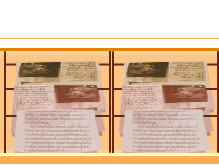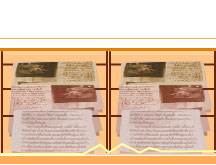| Neufchâtel
cheese comes in many shapes and sizes: rounds, bricks, logs, but most
distinctively – and most appropriate for Valentine’s Day – in heart-shapes.
Of
all Normandy’s cheeses, Neufchâtel claims the longest history. Cheesemaking in
Normandy goes back to at least the 11th century; a document written
in the mid-1000s refers to cheese being used to pay tithes to the Abbaye Saint
Sauveur at Evreux. This may explain why cheeses like Neufchâtel, Livarot and
Pont l’Evèque were called ‘angelots’. An ‘angelot’ is an angel, but there was a
coin called an ‘angelot’ that depicted the Archangel Michael. This design may
have been imprinted onto the cheese by cheese moulds. However, another
explanation is that ‘angelot’ simply meant made in the Pays d’Auge; yet another
suggestion is that cheeses were made in the shape of angels’ wings. ‘Fromages
angelots’ are mentioned in the 13th century literary work ‘le Roman
de la Rose’.
The
tradition for moulding Neufchâtel into hearts is said to have begun during the
Hundred Years War. The English had decided that by rights France should be
theirs, and it took the French a long time to convince them otherwise.
Consequently Normandy was overrun with English soldiers, integrating well
with the locals and setting feminine hearts aflutter. But the Norman lasses
were too shy to say anything, or maybe there was a language barrier. Finally
the girls of Neufchâtel-en-Bray decided to ‘say it with cheese’, and one
Christmas they made heart-shaped cheeses to give to the English soldier-boys.
Is that romantic – or is it just cheesy?
|



